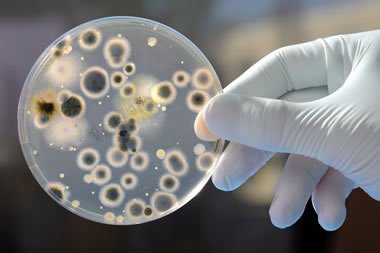Even though we often speak of Legionella bacteria as one species, there are in fact dozens of variations. Some 58 species of the bacteria have thus far been identified, many of which can cause disease and illness in humans. Only by taking water samples to test, then isolating any Legionella bacteria in them can we work out which member of the family we are faced with. If you are testing for legionella samples of water can be taken from various places in a system. Cultures are then developed in the lab to determine whether any legionella variety is present, and if so, in what numbers. This legionella testing may occur if there is an outbreak of illness that is suspected to be Legionnaires’ disease. If someone tests positive for the illness, those in charge of the situation would then try to work out where they were exposed to the bacteria so further infection can be prevented. Samples would then be taken from all possible sources of the outbreak. Finding common links between affected patients is also a useful way to learn more about what has happened. Legionella pneumophila is the most important species of legionella to be aware of. It is pathogenic, causing illness in humans who are susceptible to its effects. Older people tend to be at greater risk of infection, as are those who smoke heavily or have ongoing chronic health conditions. When Legionella pneumophila is detected in a water system, appropriate action must be taken. Any potential cases of Legionnaires’ disease should also be reported, to ensure the situation is contained and that no further individuals fall ill. Many cases of Legionnaires’ disease can be traced to the presence of this strain. Research has shown 15 named types of Legionella pneumophila in the same serogroup, all similar yet with differing serological reactions. Legionella pneumophila serogroup 1 being the most significant, responsible for up to 92% of all cases of Legionellosis detected in Europe and the USA. Since many water sources can contain Legionella pneumophila, regular maintenance and cleaning are vital to ensure the bacteria do not multiply and spread to cause harm. Blue-white legionella is a term given to several species of Legionella bacteria that show a blue-white autofluorescence under ultraviolet light. While this makes the strains easier to identify, it may also discount them as a possible source of infection. Research indicates fewer than 10% of infections caused by Legionella bacteria come from blue-white legionella species. The real safety concerns come when samples and testing reveal other types of Legionella bacteria in a water system – those that are far more likely to cause health issues such as Legionella pneumophila. Our teams of water safety specialists support those responsible for the control of waterborne pathogens including Legionella bacteria in the workplace, helping them to protect their people and meet their health and safety obligations in this specialist area. We deliver professional water safety legionella risk assessments, in-field and laboratory water testing, independent compliance auditing, City & Guilds training and other environmental risk management services that help keep staff and others safe. If you have questions about any of the issues raised above or you would like to speak with one of our healthcare specialists please call us today on 0330 223 36 87 or contact us here.Understanding Legionella Cultures Through Testing

Taking water samples for legionella testing
What is Legionella pneumophila?
What is blue-white legionella?
Legionella testing and water safety specialists

 What to Do When Legionella is Found in Hospitals?
What to Do When Legionella is Found in Hospitals? 